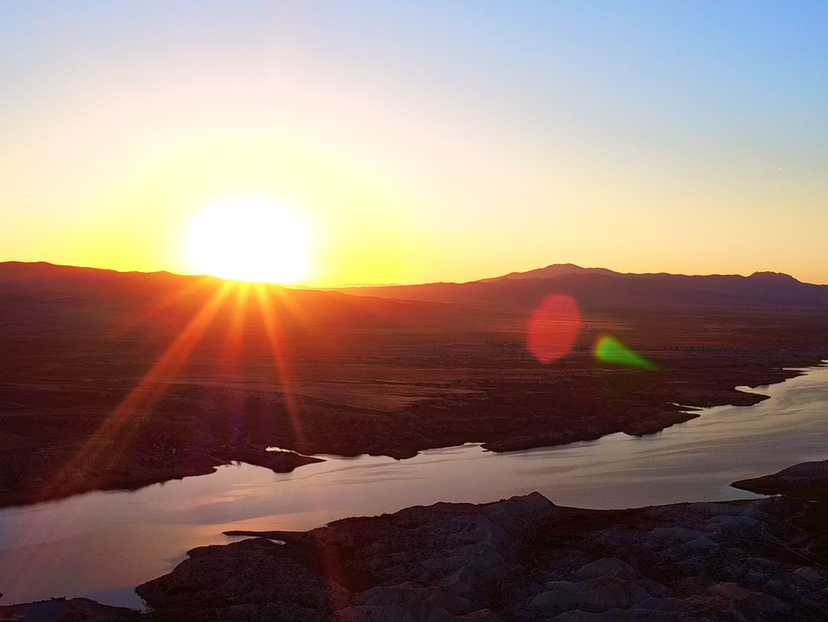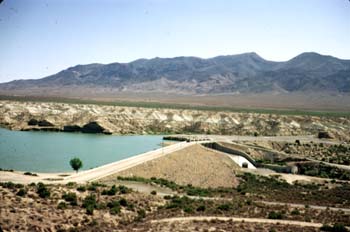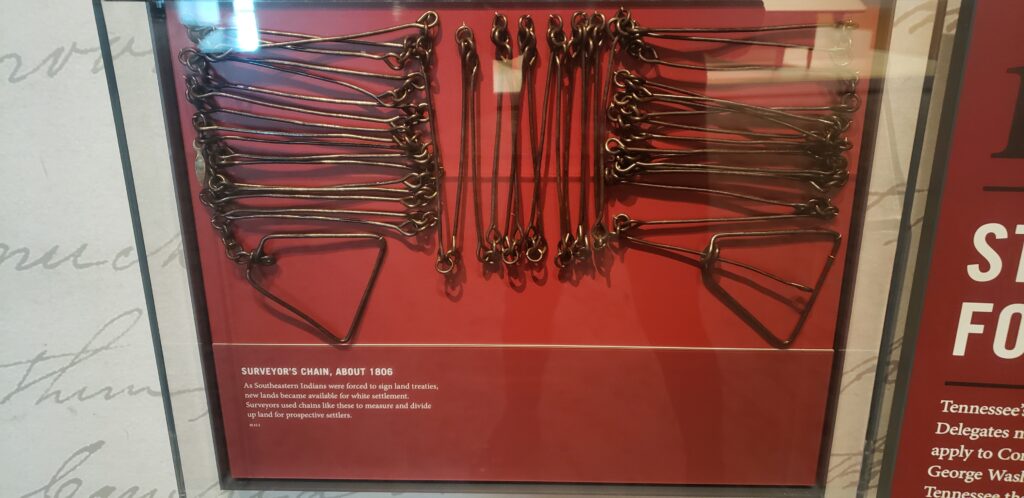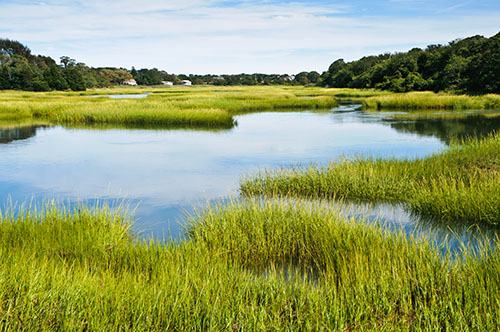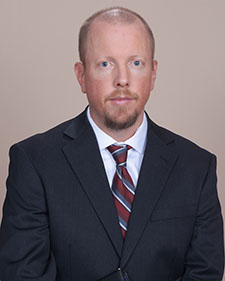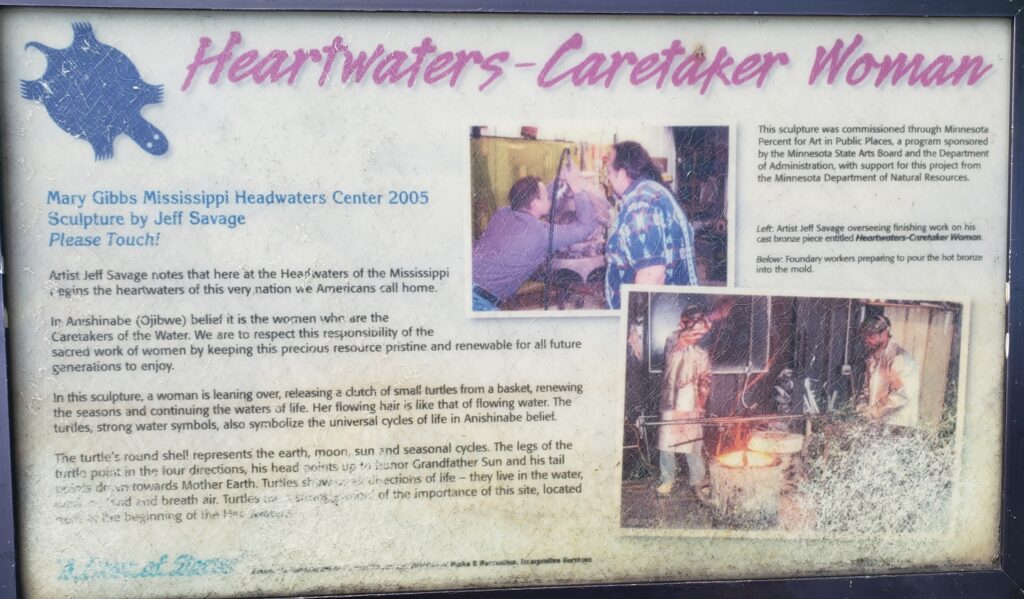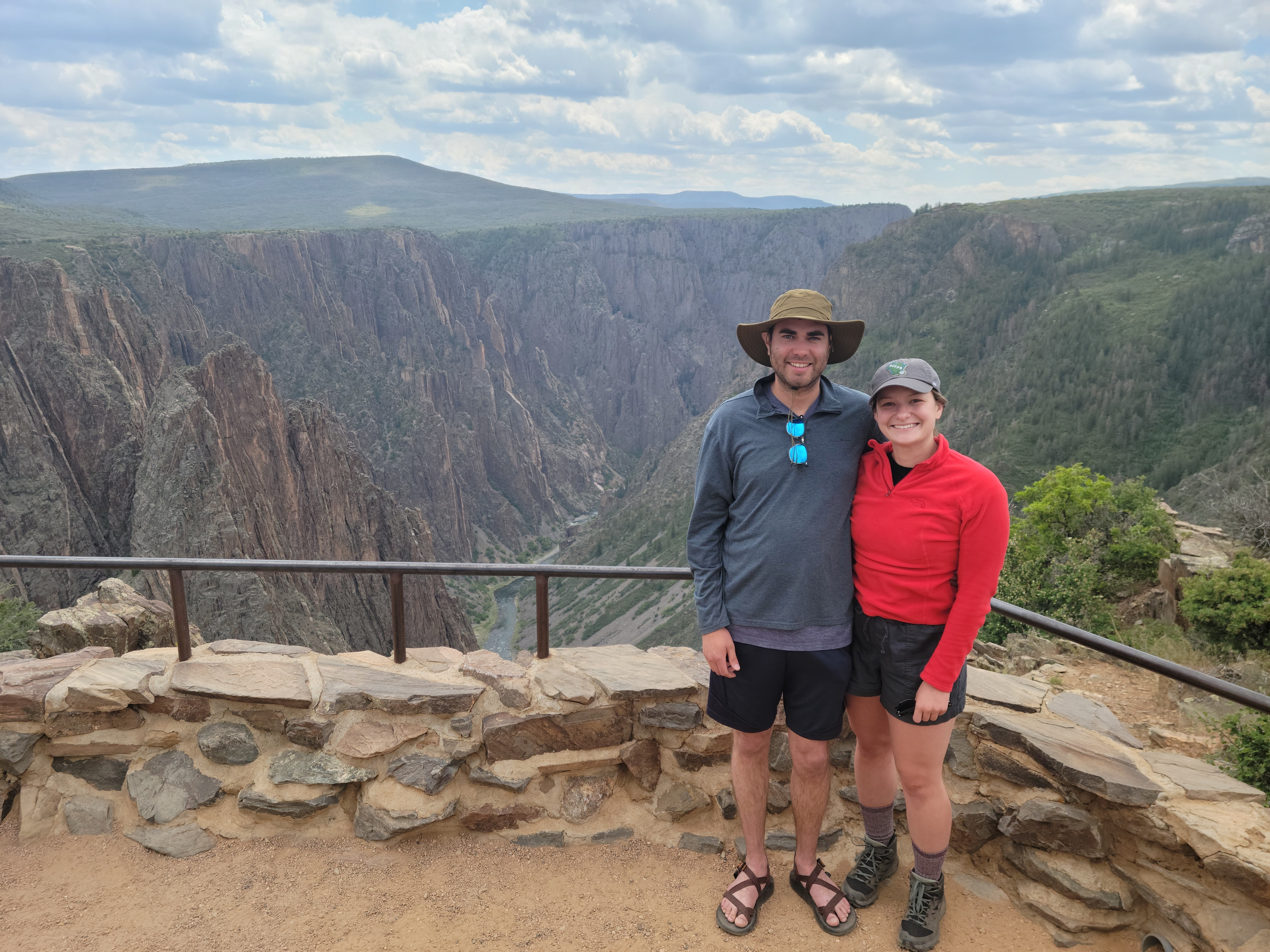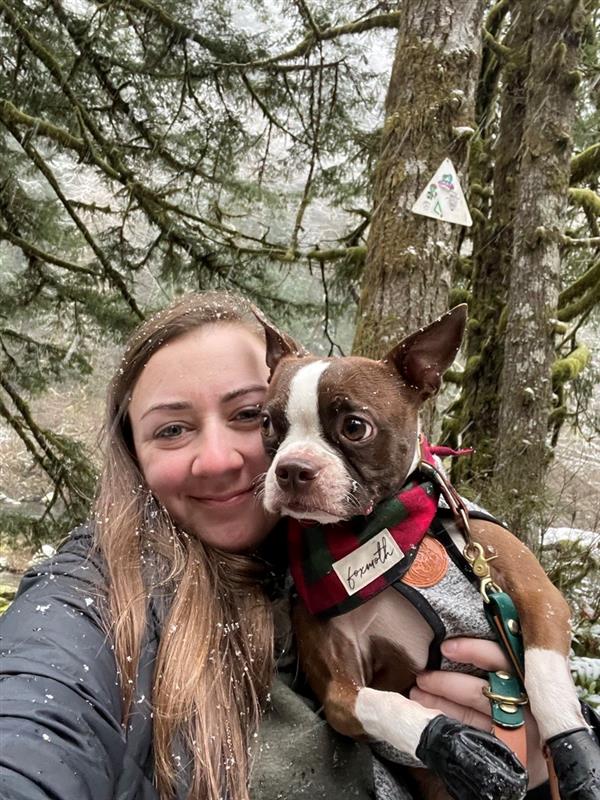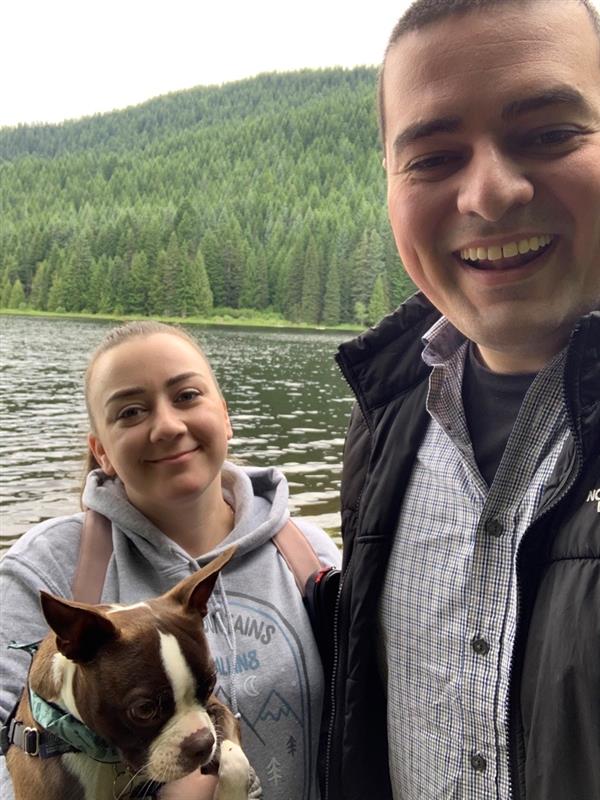Bureau of Reclamation Announces New Regional Director and Full Reservoirs

On January 25-27, 2024, Schroeder Law Offices Attorney Caitlin Skulan attended the Mid-Pacific Water Users Conference in Reno, NV. The Conference Board opened the event by boasting the largest attendance to date at the 56th annual conference. Over 300 registrants attended the conference, more than 80 of which were from the United States Bureau of Reclamation (“Bureau”).
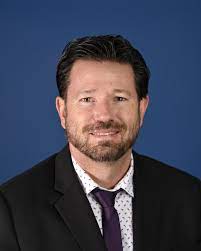
Bureau Commissioner Camille Calimlim Touton welcomed conference attendees. Touton is the first woman, Filippino Federal Commissioner in the United States. Touton’s opening presentation centered around the Bureau’s big announcement for the California Great Basin Region. The long-standing Regional Director, Earnest Conant is retiring! Conant will be succeeded as Regional Director for the California Great Basin Region by Karl Stock. Conant will continue to serve as Senior Advisor to Touton for a short period before retiring fully from the Bureau.
Regional Updates
In addition to the Bureau’s announcement of Conant’s Retirement, the conference program included updates on the Newlands Project and the status of various water reservoirs and river supply outlooks in the Region. Among the updates was that for Truckee and Carson Rivers. The Bureau’s regional staff reported precipitation this year was at 50-70% of average, compared to the 200-300% the region experienced in 2023. However, Regional staff were not overly concerned with water supply for the irrigation season as last year brought 650,000 Acre-feet of inflow in Lahantan Reservoir. As of late January, the reservoir was at about 70% capacity. The Bureau also reported Tahoe storage at 70% and Stampede Reservoir at 88% full. The Bureau expects the reservoirs to continue to fill as the winter/spring runoff adds to inflows.
All-in-all, we at Schroeder Law Offices are happy to pass on the positive report for the water supply outlook for the 2024 irrigation season. We additionally wish Mr. Conant the best in his retirement and look forward to working with Mr. Stock regarding any future Bureau-related projects.









